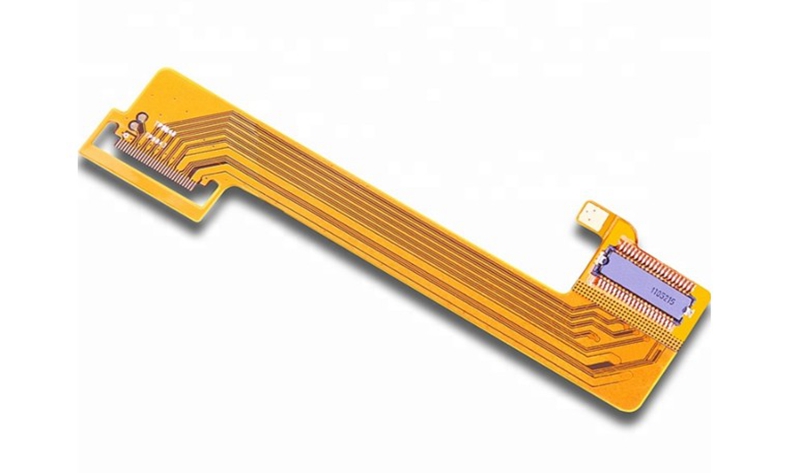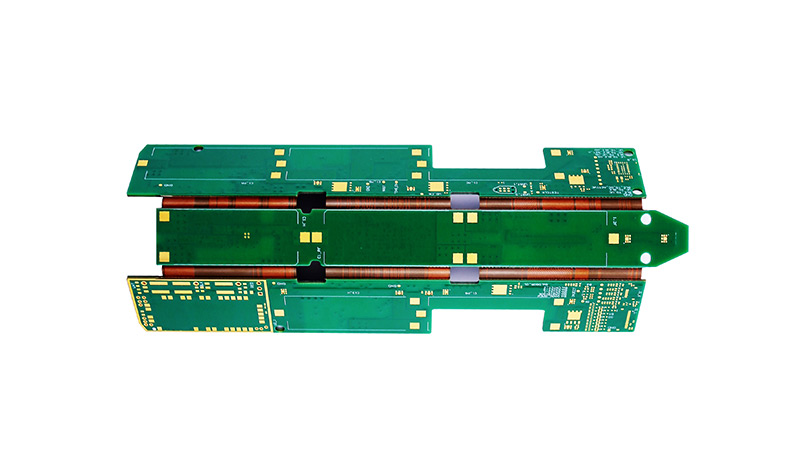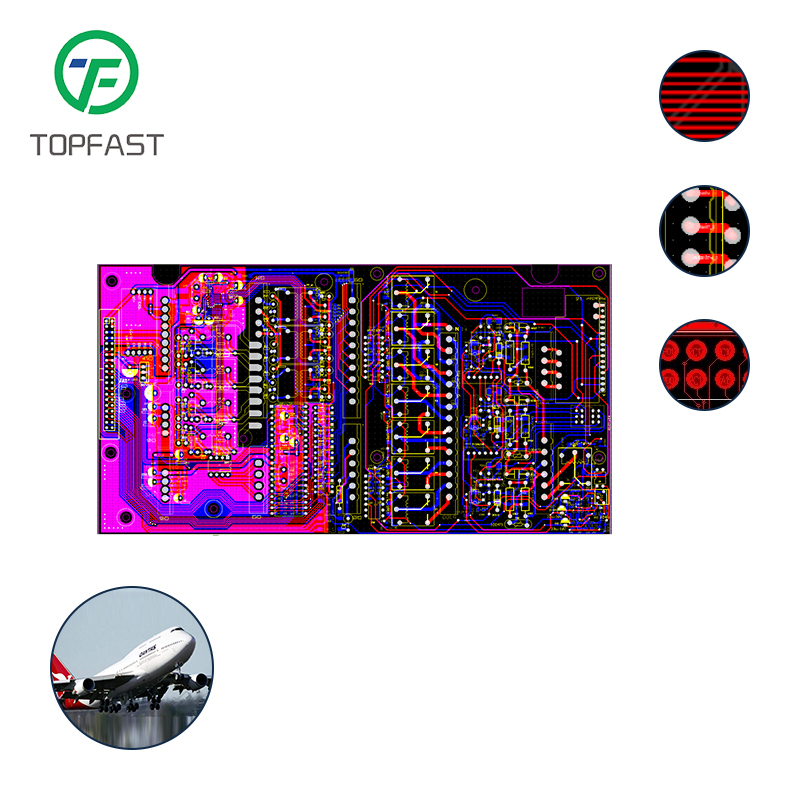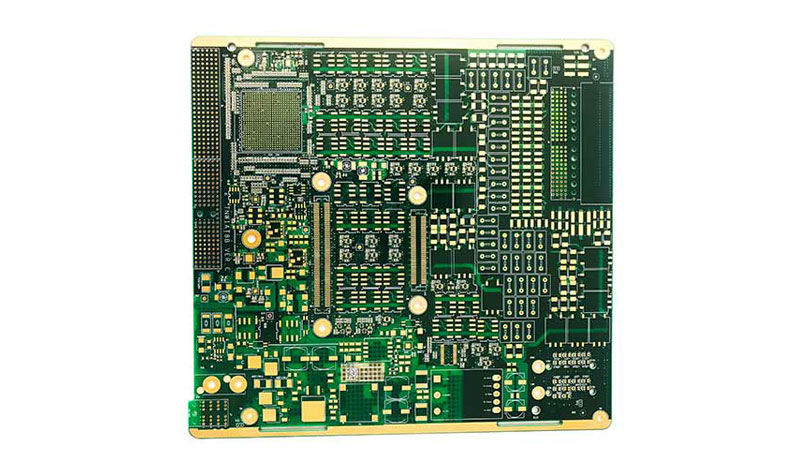With the rapid development of mobile phones, electronics, and communications industries, the PCB circuit board industry continues to grow and grow rapidly. For the number of layers, weight, precision, materials, line width, line spacing, and reliability of circuit boards. The requirements are getting higher and higher.
1. Printed wire width selection: The minimum width of the printed wire is related to the current flowing through the wire: The line width is too small, the resistance of the printed wire is large, and the voltage drop on the wire is large, which affects the performance of the circuit. Wide, the wiring density is not high, the board area increases, in addition to increasing the cost, it is also not conducive to miniaturization. If the current load is calculated at 20A/mm 2 , when the thickness of the copper foil is 0.5MM, (generally so much,) Then 1MM (about 40MIL) line width current load is 1A, therefore, the line width is 1-2.54MM (40--100MIL) can meet the general application requirements, the ground wire and power supply on the high-power equipment board, according to the power The size can be appropriately increased, and in the low-power digital circuit, in order to increase the wiring density, the minimum line width can be satisfied by taking 0.254 - 1.27 MM (10 - 15 mil). In the same circuit board, the power line and the ground line are thicker than the signal line.
2. Line spacing: When it is 1.5MM (about 60MIL), the insulation resistance between lines is greater than 20M ohms, and the maximum withstand voltage between lines can reach 300V. When the line spacing is 1MM (40MIL), the maximum withstand voltage between lines is 200V. Therefore, on a circuit board with medium and low voltage (line voltage not greater than 200V), the line spacing is 1.0--1.5MM (40--60MIL). In low-voltage circuits, such as digital circuit systems, it is not necessary to consider the breakdown voltage. The production process allows, can be small.
3. Pad: For a 1/8W resistor, a pad lead diameter of 28 MIL is sufficient, while for a 1/2 W, the diameter is 32 MIL, the lead hole is too large, and the pad copper ring width is relatively reduced. , causing the adhesion of the pad to decrease. It is easy to fall off, the lead hole is too small, and component mounting is difficult.
4. Draw circuit border:
The shortest distance between the border line and the component pin pad can't be less than 2MM (usually 5MM is reasonable), otherwise it is difficult to cut.
Rigid Flex PCB Board Manufacture
5. Component layout principles:
(1) General principle: In the
Rigid Flex PCB Design, if the circuit system has both digital and analog circuits and large current circuits, it must be laid out separately, so that the matching between the systems is minimized in the same type of circuit, according to the signal Flow direction and function, block, partition and place components.
(2) Input signal processing unit, the output signal drive component should be close to the edge of the board, so that the input and output signal lines are as short as possible to reduce the interference between the input and output.
(3) Component placement direction: Components can only be arranged in both horizontal and vertical directions. Otherwise, the components should not be used.
(4) Component spacing. For medium-density boards, small components, such as small power resistors, capacitors, diodes, etc., the spacing between discrete components is related to the plug-in, soldering process. When soldering, the component spacing can be 50-100 MIL (1.27-- 2.54MM) can be larger by hand, such as 100MIL, integrated circuit chip, the component spacing is generally 100--150MIL.
(5) When the potential difference between components is large, the component spacing should be large enough to prevent discharge.
(6) The hour hand circuit component is as close as possible to the clock signal pin of the microcontroller chip to reduce the length of the connection of the clock circuit. It is better not to route the wire below.
The above is about PCB circuit board design process, if you are interested in PCB circuit board, you can contact us, we have
Rigid Flex PCB Board Manufactureand PCB design, we can certainly meet your needs, welcome your purchase.






